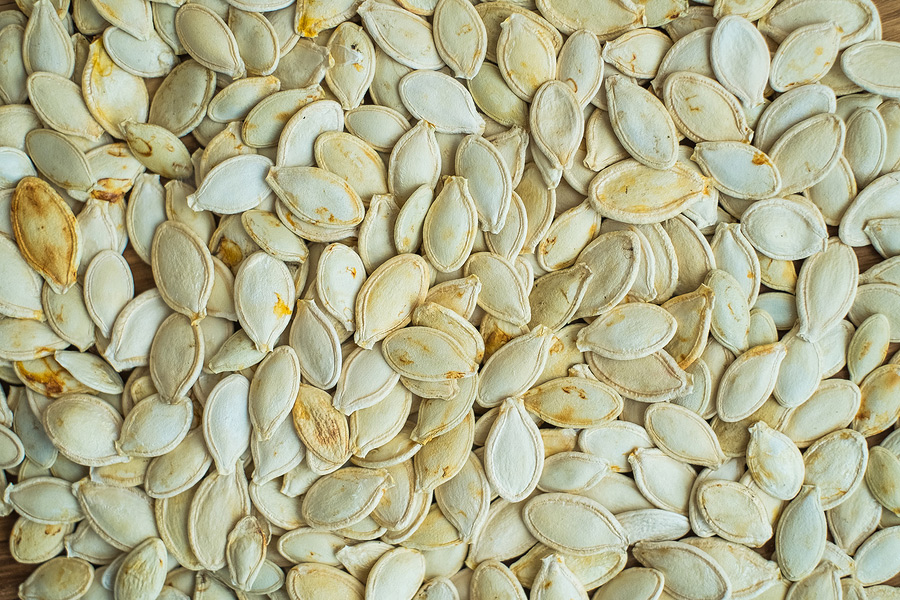Germination Test for Saved Seeds
Sometimes we save seeds with the best intentions, and then we fall short on the follow through – by not planting those seeds when the next season rolls around. A simple germination test can tell you whether or not those seeds are still worth planting.
I know there are plenty of orphaned seeds like this in the seed collection at our house. Sometimes they’re seeds that we just forgot to start. Sometimes they’re the remnants of a project from a previous season. Sometimes they’re seeds that we just forgot to label, so we don’t really know what variety they are or what year they were grown.
However you ended up with questionable seeds, there’s an easy method you can use at home to find out just how viable those seeds are.
Want to start saving your seeds? The [Grow] Network offers an online training course with everything you need to know. Learn more here: Seed Saving Training Expedition
Testing Your Old Seeds
The testing method is simple. You wrap up a random sampling of the questionable seeds in a wet paper towel, place the paper towel inside a plastic container, keep it out of direct light, and wait. The test should last as long as it usually takes good, new seed to germinate. So, if you normally expect tomato seeds to germinate in 5-10 days – your test for old tomato seeds should be 10 days long.
As the seeds begin to germinate, you check the seeds daily and keep a running scorecard. Record the number of seeds that germinate successfully, and the number of seeds that fail or mold. Each time a seed germinates or molds, remove it from the test (take it off of the paper towel). At the end of the test, determine the percentage of seeds that germinated successfully, and extrapolate that percentage to the total number of seeds you have.
Here is a guide, with pictures, from the Southern Exposure Seed Exchange: How to Test Germination
And here is a more detailed approach from the Seed Savers Exchange: Home Germination Testing
For starting seeds in trays – this test should help inform your decisions about how many seeds you need to start. For direct-seeding – this test should help you determine how densely to seed your garden bed.
You should do your test in the same conditions you plan to have when you start the seed. So if you’ll be starting lettuce seeds in cool conditions – run your test in those same conditions. If you’re testing peppers that will be started in warmer conditions – make your test conditions warmer too.
Keep in mind that you need to do this test before it’s time to start the seeds in question. For some seeds, the time it takes them to germinate in the test is the same amount of time that it will take them to germinate in trays, seed starting cells, or directly in the soil. So if you usually expect 7 days for seed emergence for tomatoes, you should do your germination test at least 7 days ahead of the date when you plan to actually start the seeds.
How Long Can You Store Saved Seeds?
That’s a tricky question. Typical seed life varies according to plant variety. And in my experience, I’d say there’s a lot of fluctuation based on how the seeds are stored and environmental conditions.
A few crops, like sweet corn and spinach, typically have very short shelf life and you should probably plant them the very next season after they were saved. Most seeds have longer lifespans, and typically stay viable for 2 – 5 years.
Here is a helpful list from Iowa State University’s ag extension: Life Expectancy of Vegetable Seeds
If you have some old seeds that have been stored well, don’t give up hope! Check out this [Grow] Network writing contest entry from 2014: Too Many Tomato Seedlings – From 30 Year Old Seeds!
Interested in ways to use up your old seeds? Here’s one great idea: How To Create Chicken Fodder Using Your Old Seeds
Thanks to Southern Exposure Seed Exchange and Seed Savers Exchange for sharing the helpful info!
And thanks to James Romer, Department of Horticulture, Iowa State University Extension and Outreach.









COMMENTS(2)
I am growing Pumpkin seeds that are 5.5 years old. All of them germinated. It was just as quick to plant them in small pots than to wait for a test. If they would not have come up, I would have planted some newer seeds.
Hi D – I agree – if you’re only dealing with a few seeds (I assume you were), it’s better to skip the test and just start the seeds. But I think testing does makes sense if you have a lot of seeds, or if they’re important seeds (like say you were going to use these seeds as your primary cover crop for a season)… Either way, it’s always nice when all of the seeds come true like yours did!